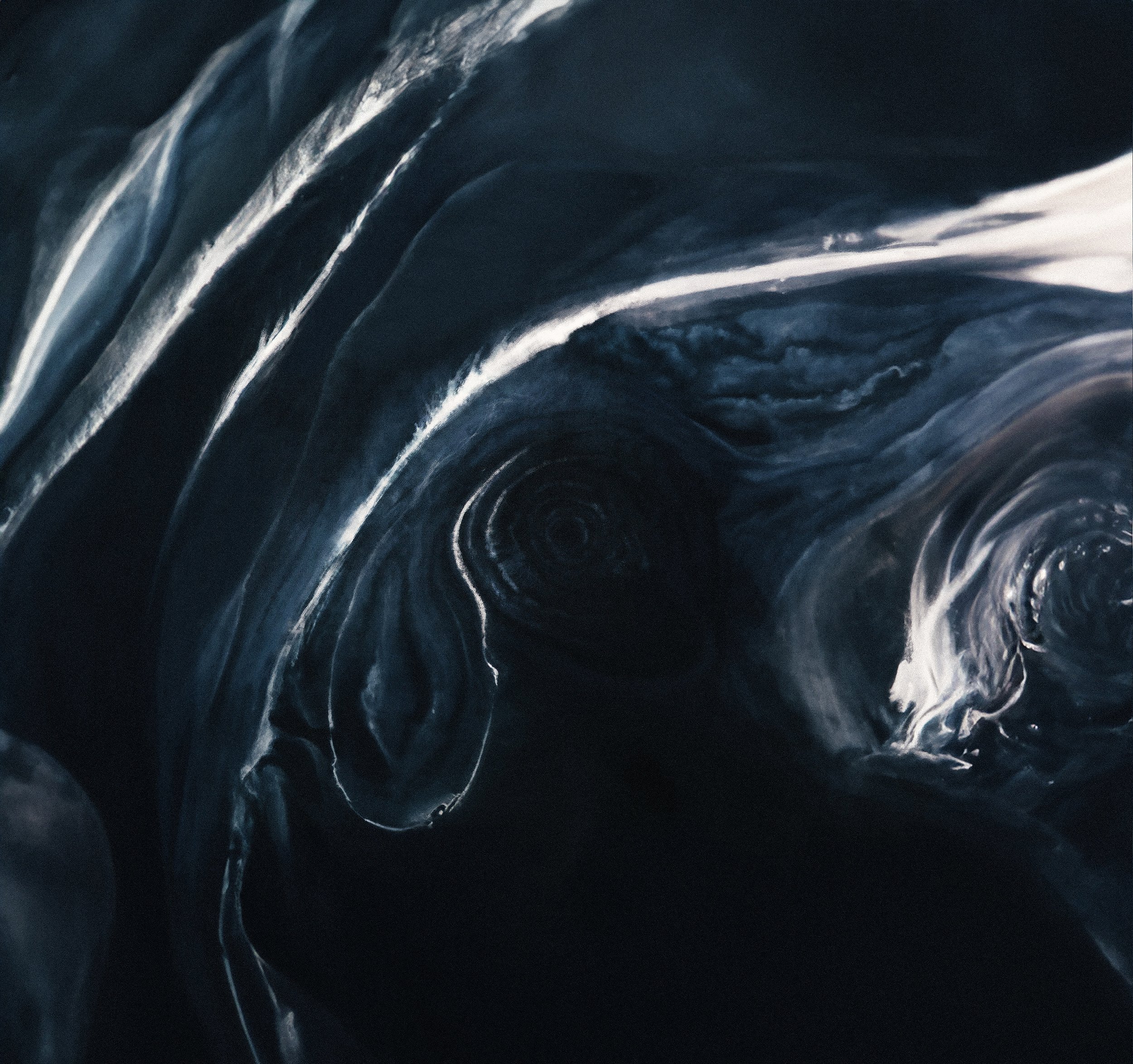IMAGE MAKING Fundamentals
I am humbled and excited by the need to learn and equally share that knowledge with the broader community.
Below are fundamental notes that I have resourced and developed over several years to help build confidence in the image-making process.
____________________
If you can imagine, you can create.
Thank you to all the inspiring artists and educators in the artistic community space.
____________________
Inspiration
You must have the chaos within you to give birth to a dancing star.
Friedrich Nietzsche
Failing is part of the process of learning.
Every problem is an opportunity to improve the work.
Design can create rich meaningful experiences.
Picture making is a reaction. You want to get the audience involved.
The picture is how you visually feel about the idea.
Great picture making whether still or moving will manipulate the subconscious.
Good art should feel like you’re sharing in the artist’s dream, mind, or consciousness.
A good image is about something.
Nature is the ultimate designer.
____________________
A good picture should have the following 4 basic attributes - Contrast / Idea / Rhythm / Sense of Scale.
The pictorial composition should always suggest a natural possibility.
You make things meaningful by aligning and organising them.
You take what is there and reduce it to design.
Everything in a picture is a compositional tool.
By showing less you communicate more.
All areas should help to establish the focal point.
Design where your contrast is.
Contrast is the key.
All arrangements must appear casual.
Don’t make the image busy.
Fundamentals
____________________
What effect or feeling do you wish to create? Name the emotional mood.
What reaction do you want from your audience? Make sure you have this in mind for every decision you make.
What is my subject?
See new ideas by seeing new connections between different subjects.
What are the characters thinking & feeling?
What are the visual stylistic requirements?
Which images or pictures could represent this theme?
What shapes, lines, value, perspective will represent this?
Sketch your ideas to see the visual potential.
Work in stages of iterations & build to a finish.
____________________
Initial Process
Command a sense of visual balance and design.
Help focus the areas of attention on very specific and limited areas by creating contrast. Interchange or the transition from one value into the field of another is often the source of great charm in composition.
Smaller active areas set against larger passive areas.
Use visual arrows throughout the composition to reinforce the focal area.
Central areas of interest with a flow of movement around it.
The rhythmic sense of scale leads the eye to the focal point.
____________________
Pictorial Composition Visual Balance
Unity -
Grouping - Design and careful organisation of groups, objects, and values.
Focal Area - A hierarchy of what is important.
Balance - A sense of meaningful visual balance.
Rhythm - A meaningful repetition of elements that will help unify and make purposeful all of the contrasts that fill the world.
Unity with Islands of Variety
Variety -
Big / Small - Scale.
Hard / Soft - Edges.
Dark / Light - Dark and Light (whether light or local).
Active / Passive.
Saturated / Desaturated.
Temperature (Cool / Warm).
Texture / No texture.
____________________
Steel Yard.
Balance Shapes.
Circular.
S Curve.
Triangular Motif.
Group Mass.
Radiating Lines.
Scattered Masses Arranged.
____________________
Composition Types
Clear focal area ( Framing of FA ).
The scene is designed to help guide the viewer to the focal area.
Beautiful and meaningful repetition moving through the scene.
Simple value structure.
Active versus passive.
Visual Balance.
General compositional design rule -
Big - 70% / Medium - 25% / Small 5%
Use the rule of thirds / golden proportion ratios to compose elements in the frame.
____________________
Composition Checklist
Asymmetrical Balance
It’s like having a fulcrum off-centre. Unequal weights need to be placed on either side of the fulcrum for balance to be in equilibrium. Asymmetrical balance design evokes modernism and feelings of forcefulness, vitality, and movement.
____________________
Symmetrical Balance
Symmetrical balance is like having a fulcrum in the centre of the lever. To achieve balance we need to have elements of equal weight on both sides of a central axis. Symmetrical balance tends to be more formal and more static. It evokes feelings of consistency, elegance, and classicism.
____________________
Perspective
You can use perspective to add to the mood of the image. For example, one one-point perspective can be direct, aggressive, one way.
____________________
Exposure - Is the subject more about what is in light or shadow?
You need to find interesting value relationships.
Simple clear value statement always - Simple graphic read.
Limit tonal range and group your values.
Too many areas of light and dark, or areas that don’t integrate well into a pleasing abstract design are confusing and hard to read. This is because the mind can only reliably keep track of 5 or so distinct objects or shapes simultaneously.
____________________
Value
Use line to express emotion.
Try to find strong simple lines through a composition.
Decide on a suitable composition using line to express the emotion of the scene. The emotion varies depending on the direction and arrangement of such lines. Vertical / Horizontal or Diagonal / Curved. The composition should try and include most types of line.
Decide on a suitable composition. Incorporate appropriate lines of action - Diagonal / Horizontal / Curve.
Find the dominant line in the image. One direction will dominate the scene. Visually the longest and most dominant line will determine landscape or portrait. Repeat that line in the composition to strengthen it.
Verticles - Power / Strength / Rigid.
Horizontals - Calm / Restful.
Diagonals - Dynamic / Movement.
Curves - Dynamic / Wander / Ponder.
The transitionary line or imaginary pathway between objects represents an abstract element in images. These unseen pathways lead the glance across spaces between mass or objects. Items may be placed on or near the pathway to aid the eye’s travel through the picture. The transitory line contributes a distinct quality to any type of composition.
____________________
Line
Good shapes build good images.
Simple and clear design.
Read clearly (even at a distance).
Turning shapes into less so they communicate more.
If you make a shape too complex, it becomes self-important.
Bring out the identity of the shape with these 3 basic shapes, C and S curves, and straight lines. Sticking to these three will keep you conscious of the shape you are making.
____________________
Shapes
What are the forms?
What perspective am I seeing them in?
Think in three-dimensional space.
Forms and Lighting = Shapes.
With the Value and Shape composition, how can I make this as clear as possible and the most appropriate shape for the image. The point isn’t to be realistic but simple and clear.
____________________
Form
Greys communicate with each other. When colours are less saturated, they start to talk to each other.
Colour temperature - Cools & Warms. Temperature is not scientific, it’s an emotional consideration.
Keep the temperature separate just like your value.
Warmer is closer to the camera, and cooler is further from the camera.
Colour is the wavelength of visible light. The shorter the wavelength, the more energetic (blue is shorter than red).
____________________
Colour Harmony
Brightness -
Lighting ratio - Exposure.
High contrast - Intense.
Low contrast - Subdued.
Size -
Soft - Approachable, unified.
Hard - Distant, divided.
Light position - Angle / Distance / Shadow -
Back - Empowered.
Front - Friendly / Descriptive.
Top - Pressure / Weight.
Side - Energy / Action / Drama.
Below - Uneasy / Un-natural.
Light Scheme -
Direct Light.
Bounced Light.
Rim Light.
Ambient Occlusion.
Self Shadow.
____________________
Light Properties
CAMERA.
Always try to find a real-world placement of your camera which would be physically achievable, even if it is a fantastical world.
Wide angle camera ( low depth of field ) - More background, more deformation.
Long lens ( higher depth of field ) - Less background, less deformation.
High position camera - Less power, weaker.
Low position - More power, stronger.
____________________
Camera
Alla Prima - Everything I Know About Painting - By Richard Schmid
Colour and Light - By James Gurney
Composition of Outdoor Painting - By Edgar Payne
Graphic Design Manual: Principles and Practice - By Armin Hofmann
Grid Systems in Graphic Design - By Josef Muller-Brockmann
Fill Your Oil Paintings with Light and Colour - By Kevin Macpherson
Framed Ink - Drawing and Composition for Visual Storytellers - By Marcus Mateu-Mestre
Making and Breaking the Grid - By Timothy Samara
The Art of Landscape Painting - By Paul Strisik
The Geometry of Type - By Stephen Coles
The Thousandth Thumbnail - By Joko Budiono
Typographie. A Manual on Design - By Emil Ruder
____________________

